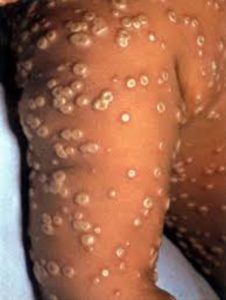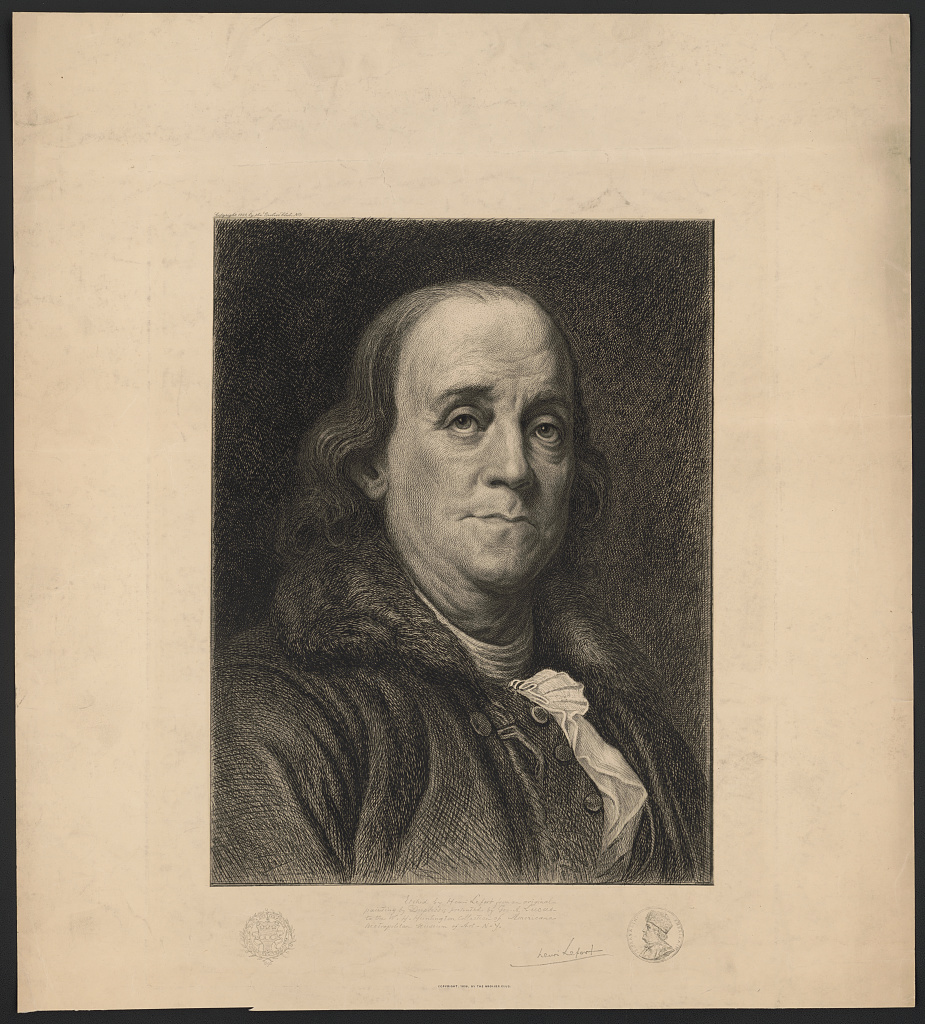October 8 history blog post: One of a series of short essays to provide the cultural, political and geographical context for the 1766 travelers.
The same year (1766) our intrepid group was traveling from Bethlehem to North Carolina, Thomas Jefferson, then 23 years old, was traveling from Virginia to Philadelphia to get inoculated for smallpox.

Smallpox was a scourge in colonial America, with repeated outbreaks in the major cities (Boston and Philadelphia), thanks to the influx of immigrants. The 1721 outbreak was particularly deadly. Out of Boston’s total population of 11,000, 850 people died. Schools closed, Harvard suspended classes, and quarantines were strictly enforced.
Smallpox was devastating to the Native American population, which had no natural immunity. Tens of thousands of Native Americans along the East Coast died from the disease.
Inoculation in the 1700s for smallpox (Variola major) was also known as variolation. The pus from a victim’s smallpox sores was administered to a healthy patient, either through the nose or via a cut in the arm. Many recipients became ill, but many fewer died than if they had contracted the disease naturally.
During the 1721 outbreak, Boston minister Cotton Mather was a vocal proponent of inoculation. But there was an anti-inoculation movement, and Mather’s house was firebombed. Thomas Jefferson went to Philadelphia to get inoculated because Virginians were not receptive to the idea. When inoculations were introduced in Norfolk County in 1768, riots broke out and the rioters burned down an administering physician’s house.

Ben Franklin’s eldest son died of smallpox. Here’s what Franklin wrote in his autobiography, 50 years later:
In 1736 I lost one of my sons, a fine boy of four years old, by the small-pox, taken in the common way. I long regretted bitterly, and still regret that I had not given it to him by inoculation. This I mention for the sake of parents who omit that operation, on the supposition that they should never forgive themselves if a child died under it; my example showing that the regret may be the same either way, and that, therefore, the safer should be chosen.
The 1769 diary for Bethabara notes: “Owing to a false report that spread through the neighborhood that there was small-pox in Bethabara, no outsiders visited the village for a couple of months.”
Virginia S. Hart A’75
Resources:
“Inoculation”
https://www.monticello.org/site/research-and-collections/inoculation
Suzanne M. Shultz, “Epidemics in Colonial Philadelphia from 1699-1799 and The Risk of Dying”
https://www.varsitytutors.com/earlyamerica/early-america-review/volume-11/early-american-epidemics
“History of Smallpox”
https://www.cdc.gov/smallpox/history/history.html
Per-Olof Hasselgren: “The Smallpox Epidemics in America in the 1700s and the Role of the Surgeons: Lessons to be Learned During the Global Outbreak of COVID-19”
https://www.ncbi.nlm.nih.gov/pmc/articles/PMC7335227/
Adelaide Fries, ed., Records of the Moravians in North Carolina, Vol. 1, 1752-1771
